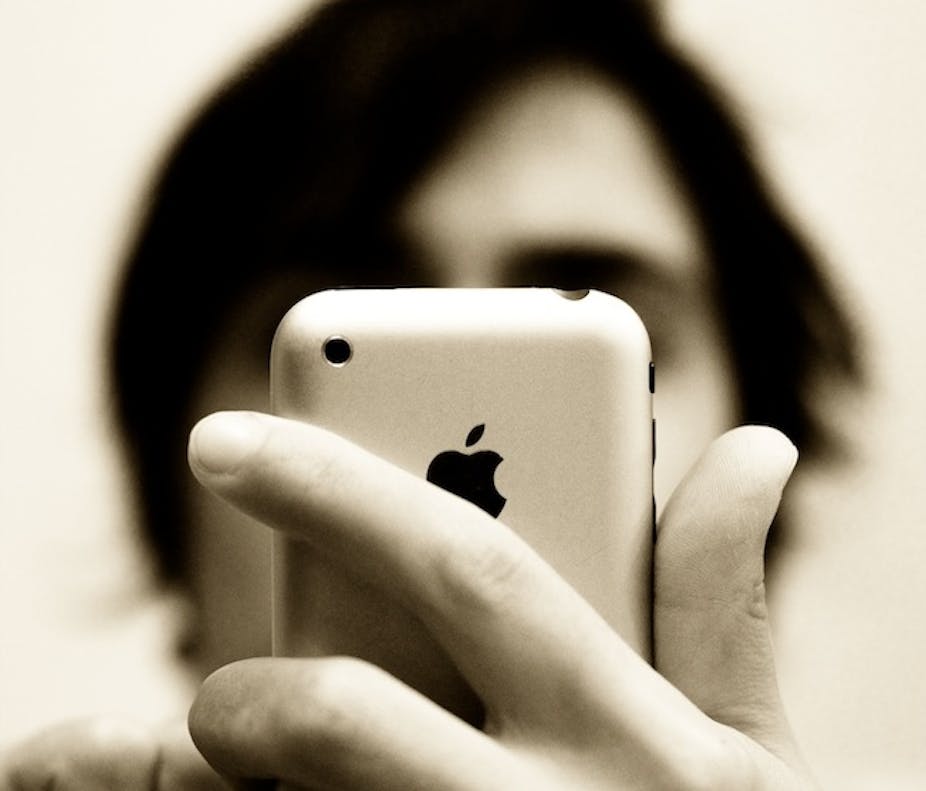Smokers who quit with the assistance of a text messaging service are nearly twice as likely to be smoke-free six months later than smokers with no support, according to a study published this week in The Lancet.
This underlines the fact health-promotion agencies need to up their game when it comes to social media to counteract the powerful influence of multinationals.
Success rates for any stop-smoking intervention are never high and just over 10% of smokers in the text message group had successfully quit smoking.
What makes this study so valuable is that text messaging services are a low-cost option that could be used to reach a greater number of smokers than intensive face-to-face counselling or traditional quit-line telephone services.
The explosive growth in people using web-enabled mobile phones and social media means public-health interventions have no choice but to make use of these same tools.
The multinational corporations – tobacco companies, fast-food chains, etc. – that contribute to the global obesity, heart disease, diabetes and lung cancer epidemics have certainly embraced this new media.
Unlike traditional forms of marketing that seek to target customers with advertisements, marketers are increasingly joining online communities to “friend” their customers.
Companies and brands that can successfully engage with vast communities of social network users have the potential to reap significant financial rewards.
A quick search on Facebook for your favourite brand of soft drink, chocolate, fast food, or even cigarette will reveal just how adept companies are at using this forum.
Coke has one of the most popular Facebook pages with more than 31 million fans – that’s more than the population of Australia and New Zealand combined.
As part of my PhD research I studied the activities of British American Tobacco (BAT) employees online and found them to be enthusiastically promoting BAT brands and products on Facebook.
In the official BAT response to my study, it simply stated company policy was to not promote BAT brands online.
Now, in light of the plain packaging debate, the BAT Australia (BATA) CEO, David Crow, has taken to Twitter, not, in his words “to sell or promote BATA products in any way”, but to fight public health efforts to end tobacco brand promotion.
The distinction seems rather subtle.
A major advantage for public health online is that health information is one of the most commonly searched topics on the web.
Dr Google is a likely source of information next time you are feeling under the weather or want to make a change for the better for your health.
It’s no longer enough for health agencies to supply accurate information for health consumers on the web. We expect content to be interactive, shareable, multimedia in format, portable between mobile and other tech devices and easily reached through sites we are most familiar with such as Facebook, YouTube and Twitter.
Health promotion agencies need to take advantage of the fact many of us would prefer to lose a limb than our Blackberry or iPhone, or risk losing the new media war to Big Tobacco and junk food manufacturers.
A recent study revealed credible health groups are yet to design and deploy useful and evidence-based applications such as “quit-smoking” apps.
Yet, a company like Zippo® lighters has a hugely popular and free app available.
Health promotion agencies need to stop dismissing these new technologies as being merely a passing fad or affecting a small number of technology-obsessed teenagers, and start embracing the new health content and traffic that drive these sites.
Discouragingly, many public-health experts are actually banned from accessing these media while at work and have received no training in how best to use these communication tools.
Imagine if health workers were banned from using the telephone or reading the newspaper to better understand the health threats and challenges facing the community.
One of the central tenets of any health promotion initiative is to go where your target audience is – they’re online, they’re on mobile phones and no poster or pamphlet is going to reach them there.

